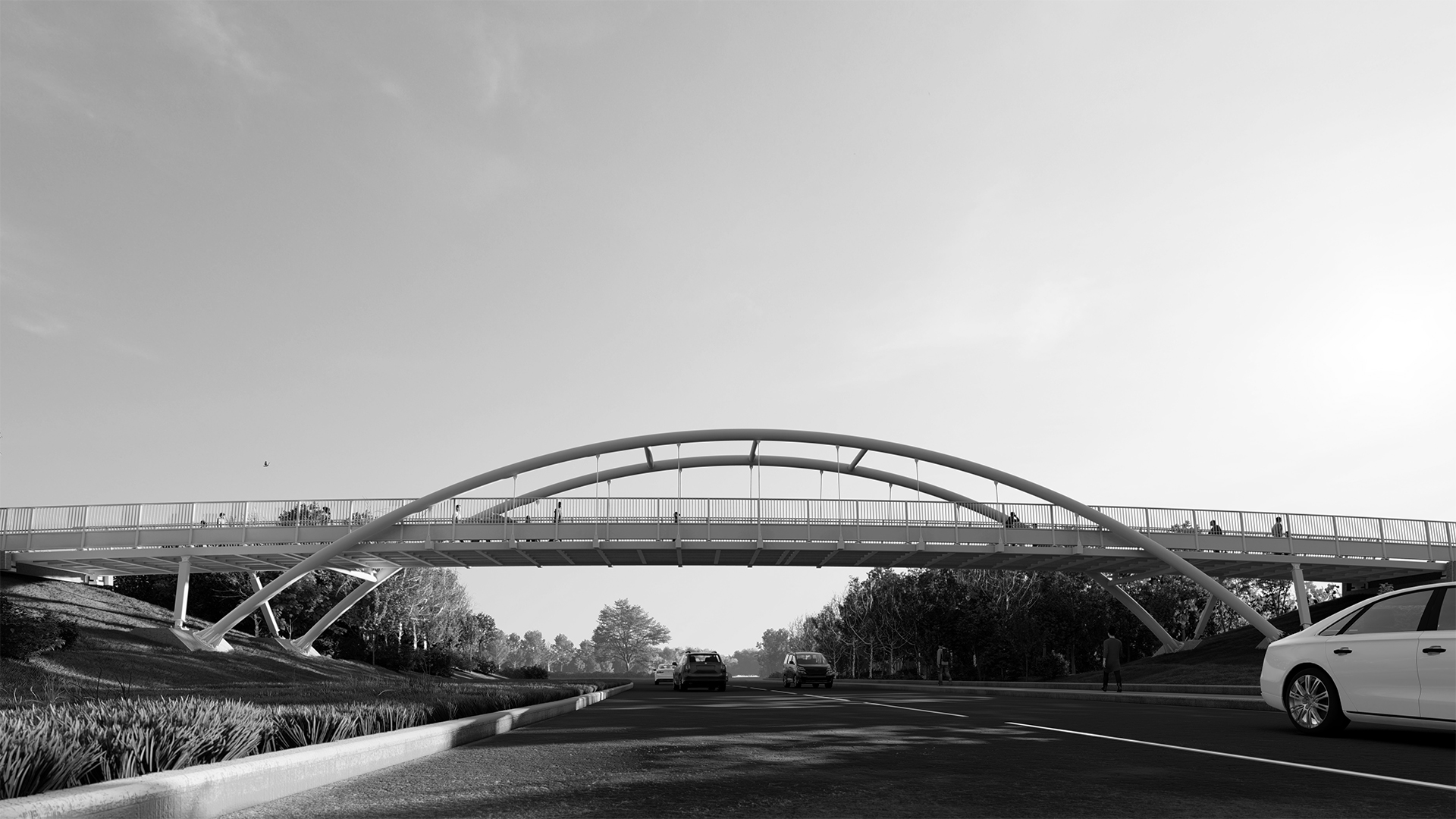Batemans Bay Bridge
Australia, New South Wales
Project synopsis
Detailed design of precast segmental bridge, development of bespoke software to deliver bridge models, on-site support during construction
Contractor
John Holland Group
End client
Road and Maritime Service and NSW Government
Tony Gee was appointed as Bridge Designer by John Holland Construction for the design and build of the bridge connecting the Princes Highway over the Clyde River at Batemans Bay, Australia. The Princes Highway at Batemans Bay is the main north‐south coastal transport corridor.
In this Design & Build contract, Tony Gee was appointed as the bridge designer early in the tender stage, and continued the role in the detailed design stage when the contract was awarded. Responsible for design of piling & substructure, superstructure and the finishing, Tony Gee liaised with RMS, JHG, VSL and FSG to ensure proposals were suitable, effective and favourable to all stakeholders.
The bridge structure is made up of precast segmental concrete box girder with a typical span of 78m, supported on reinforcement concrete piers and steel tube pile foundations. The depth of segment varies from 4.2m to 2.75m and was constructed by balanced cantilever method.
We introduced a non‐conventional tendon arrangement by using bottom internal blisters detached from the web, as well as deviators without intermediate rib/beam. Such arrangement would facilitate easier segment casting, lessen concrete volume (thus self‐weight) and reduce tendon curvature, which results in a deck superstructure design that requires less prestress and rebar quantity.
To meet the needs of the client’s digital construction vision, Tony Gee developed a number of bespoke software applications to deliver a “digital twin” of the new bridge. These bespoke tools allowed Tony Gee to accelerate and standardise the production of segment reinforcement drawings and general arrangement drawings respectively. Clashing analysis with the help of the 3D model reduced risk of construction issues as well as potential construction waste on future repair works.
This project also provided opportunities for producing technical notes and engineering solutions on challenging issues, including a dynamic and static ship impact study and box girder cover tolerance justifications.
Recommended Reading




